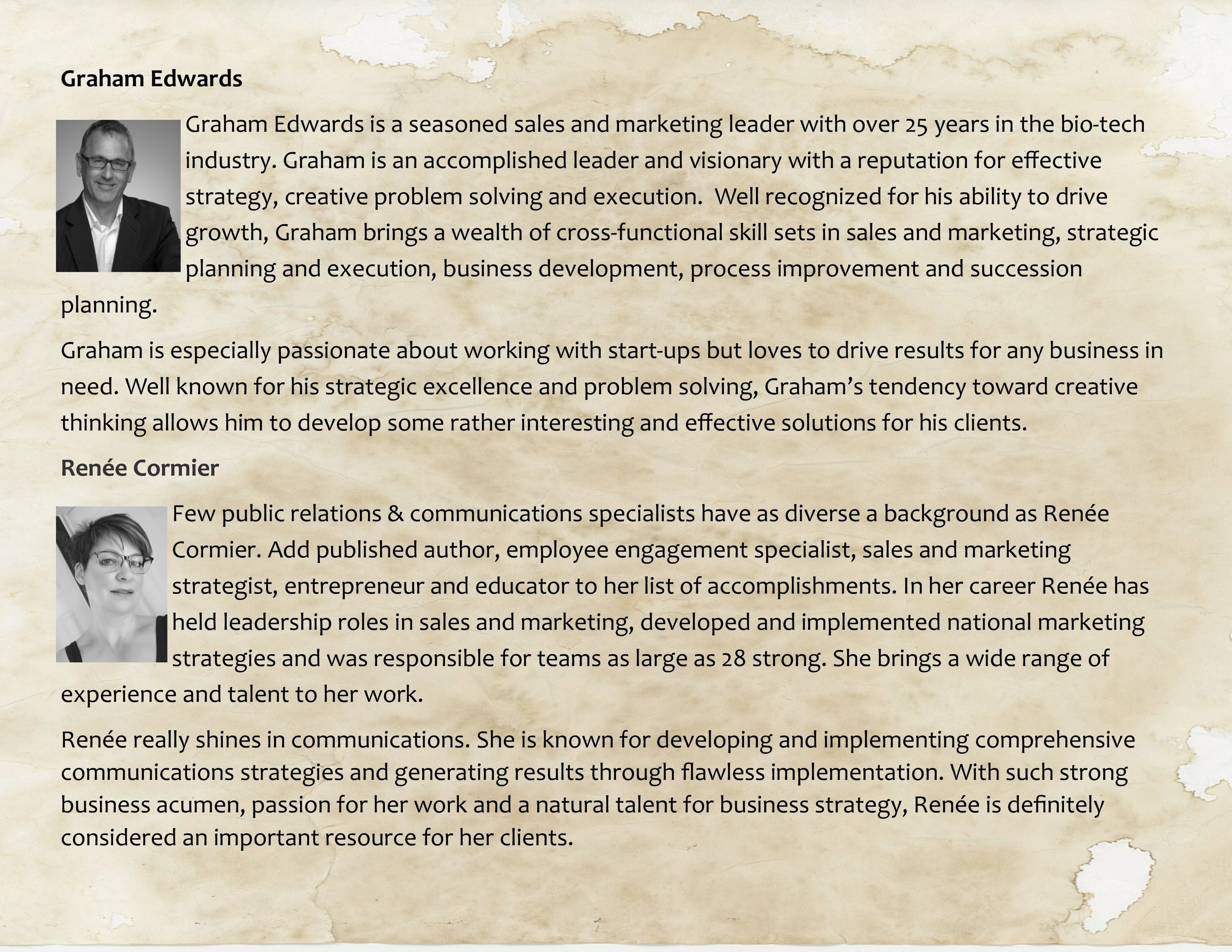A framework for dealing with opportunities and problems
As a general rule I categorize my working world into two "buckets" — one filled with Opportunities and the other filled with Problems. I will admit it's an oversimplification but I've found it's a great way to ground myself when I have to deal with things.
op·por·tu·ni·ty [ˌäpərˈt(y)o͞onədē] NOUN — a set of circumstances that makes it possible to do something:
prob·lem [ˈpräbləm] NOUN —a matter or situation regarded as unwelcome or harmful and needing to be dealt with and overcome:
Along with my oversimplified view of things, I have also developed a simple framework of thinking which has increased my probability for success when dealing with "Opportunities and Problems" — see my finely crafted illustration.
At its core, this framework does two things — 1) ensures I consider what's important for my thinking and 2) ensures everything that is actually done stays aligned to address the problem (or opportunity).
There are five considerations that make up this framework, and the result can be as simple or as complicated as you would like to make it (or need to make it).
- Identify and understand the "Opportunity or Problem" you are faced with — it is important to understand the situation involved and never underestimate the complexity of what you are dealing with.
- What are your goals to exploit (if it's an opportunity) or solve for (if it's a problem)? You should have no more than two goals, and preferably only one because there is the chance you may spread your efforts too thin, or even miss the mark. If you have too many goals, maybe you have more than one problem or opportunity you have to deal with.
- What are the objectives needed to meet your goal(s). Remember objectives need to be SMART (Specific, Measurable, Achievable, Realistic, and Time bound) — I suggest that you have no more than five objectives (three is preferable). If the project is big and gnarly, it may require a few more; I suggest you prioritize them, and as you achieve one objective remove it from the list and add another.
- The activities you need to initiate to achieve the objectives. This could be a laundry list of activities, and they definitely need to be prioritizes because some may build upon each other. Activities, like Objectives, need to be SMART, and are really a tactical subsection of an objective. This sub-sectioning keeps everything you have to do in a manageable form, and helps identify the last consideration.
- Resources — nothing gets done without people, money, systems, and time. Rallying the resources around the activities ensure things get done and helps prevent reallocation of your resources somewhere else if scope creep comes into play. Depending on the complexity of the goal and associated objectives, having a resource allocated to act as a project manager or "facilitator" may make sense. Sometimes all of this can get very, very complex and fall off the rails very, very quickly if someone isn't looking at the big picture.
The order of things I've outlined just reflects the planning process you should go through so you can articulate what you need to do and get approval to proceed — or get the green light as we like or say in the business.
Once you get that... well... then it's just a matter of rallying the resources to get the activities going to drive your objectives forward; in turn meet your goal(s) to solve the problem (or take advantage of the opportunity).
Easy Peasy — then again, I may be oversimplifying.
iamgpe


